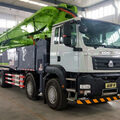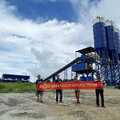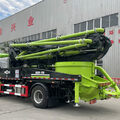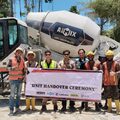In recent years, the construction industry has witnessed a significant shift toward modular and mobile ready mix concrete (RMC) plants. These innovative technologies offer new levels of flexibility, speed, and scalability that traditional stationary plants can struggle to match. As urban development accelerates and construction projects demand faster, more adaptable solutions, understanding how modular and mobile technology affects the ready mix concrete plant cost is critical for contractors, developers, and investors.
This article explores the technological features of modular and mobile RMC plants, their influence on capital and operational costs, and why they are increasingly becoming a smart investment choice.
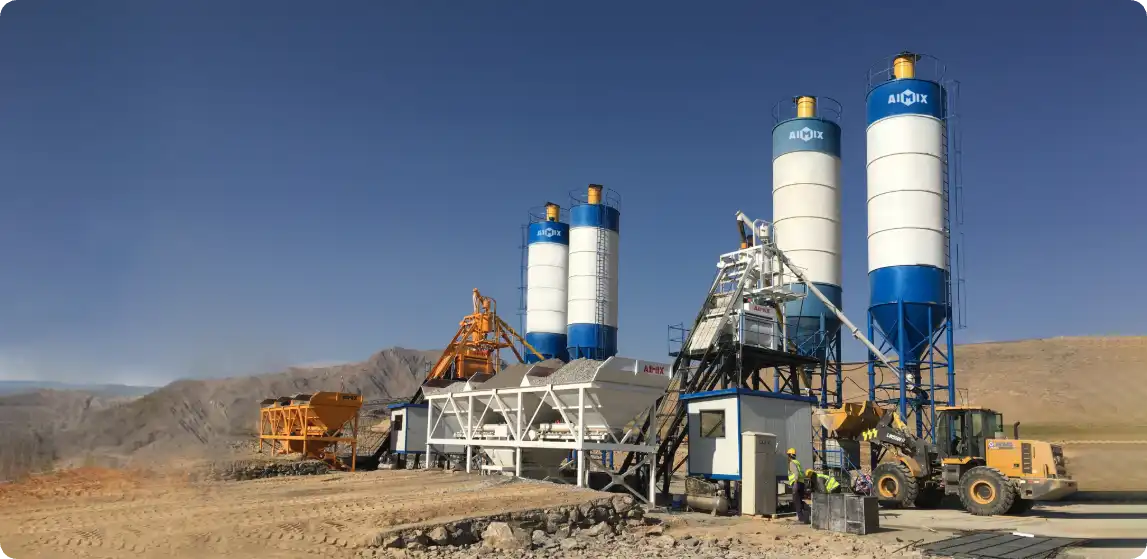
Understanding Modular and Mobile RMC Plants
Modular RMC plants are constructed with pre-fabricated sections or modules that can be quickly assembled and customized based on project requirements. The design emphasizes ease of installation, transport, and scalability. Modular plants typically come with integrated control systems and can be expanded by adding or removing modules depending on production needs.
Mobile RMC plants, on the other hand, are designed to be easily relocated between sites. Built on wheeled chassis or trailers, these plants include compact mixers, aggregate bins, and control units that allow them to be operational within a short timeframe after arrival on site.
Both technologies provide clear advantages over traditional fixed plants, especially in projects requiring flexibility or multiple sites.
Capital Cost Considerations
Lower Initial Investment
One of the most immediate effects of modular and mobile technology on RMC plant cost is the potential for a lower upfront capital expenditure. Compared to large stationary plants, modular units are often less expensive to manufacture and install because:
-
Prefabrication in controlled environments reduces construction delays and errors.
-
Standardized modules allow manufacturers to optimize production efficiency and reduce material waste.
-
Reduced civil engineering work on site (e.g., foundation, heavy infrastructure) lowers site preparation costs.
Mobile plants further cut capital costs by eliminating the need for permanent infrastructure, which can be especially valuable for contractors operating on short-term or remote projects.
Scalability and Future-Proofing
Modular plants enable scalable investment — companies can start with a basic setup and expand capacity as demand grows, spreading capital costs over time rather than committing large sums upfront. This staged approach to plant development mitigates financial risk and allows better cash flow management.
In contrast, traditional plants often require significant initial investment to build a fixed capacity that might not be fully utilized for years.
Operational Cost Impact
Reduced Setup and Relocation Time
Mobile RMC plants drastically reduce setup and teardown time when moving between job sites. This translates directly into operational cost savings:
-
Less downtime means higher production hours and better equipment utilization.
-
Fewer labor hours are required for assembly and disassembly.
-
Transportation costs are minimized since the plant is designed for easy movement.
Modular plants also benefit from reduced commissioning time, enabling quicker startup and more consistent production cycles.
Enhanced Efficiency and Automation
Modern modular and mobile plants are often equipped with advanced automation and control systems, optimizing material batching, mixing accuracy, and overall workflow. Automation helps reduce operational errors, material waste, and rework, cutting costs associated with quality control.
IoT connectivity and remote monitoring are increasingly integrated into these plants, allowing operators to track performance, predict maintenance needs, and minimize unplanned downtime. This level of technological sophistication ensures that operational costs remain lean without sacrificing concrete quality.
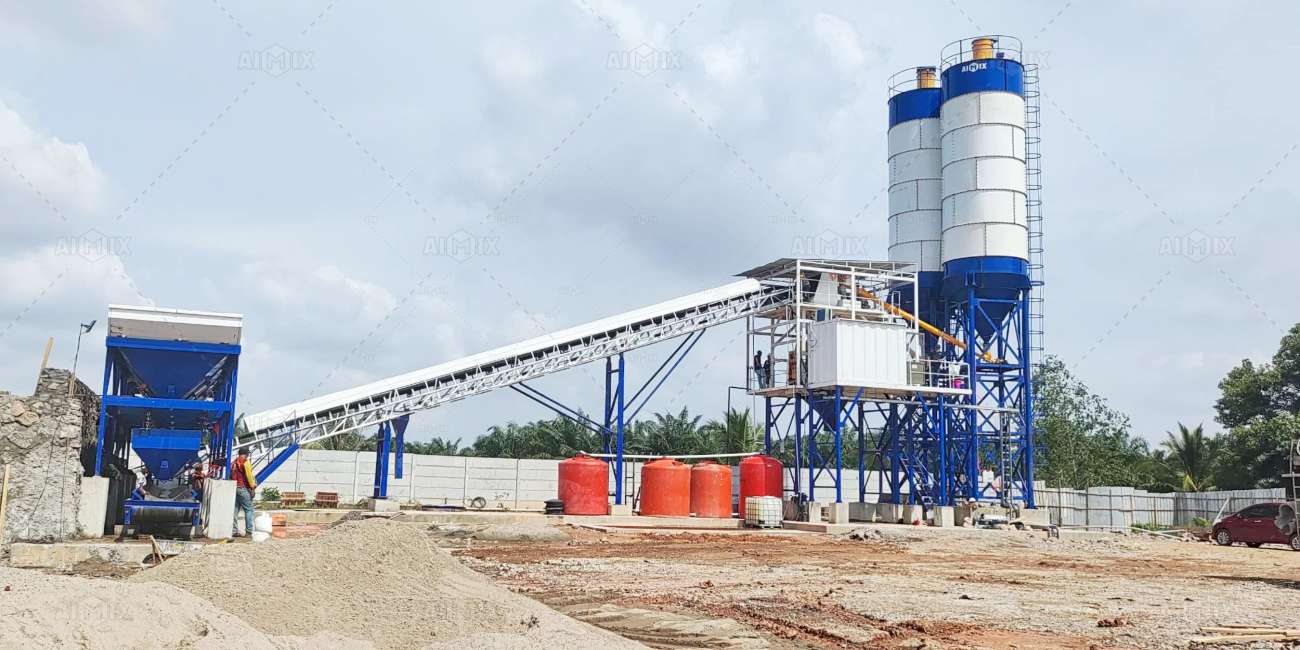
Flexibility: A Key Cost-Saving Factor
Urban construction sites, infrastructure projects, and fast-moving developments require flexibility that stationary plants cannot provide. Modular and mobile RMC plants allow operators to:
-
Adjust production volumes dynamically according to project phases.
-
Quickly relocate production to new sites without long delays or costly dismantling.
-
Adapt plant configuration to available space constraints.
This flexibility translates into cost savings by aligning production capacity closely with actual project needs, avoiding overcapacity and unnecessary maintenance expenses.
Case Studies and Real-World Benefits
Many contractors have reported significant cost advantages after adopting modular or mobile RMC plants. For instance:
-
Infrastructure projects with multiple spread-out locations benefit from mobile plants by cutting transportation costs of concrete from centralized facilities.
-
Fast-paced urban developments use modular plants to scale production rapidly as demand fluctuates, reducing the risk of idle equipment.
-
Contractors working in remote or developing regions find modular plants easier to deploy with limited local infrastructure, reducing overall project costs.
Environmental and Regulatory Cost Implications
Modular and mobile RMC plants tend to incorporate the latest environmental controls and energy-saving technologies due to their newer design and stricter regulatory compliance. Features such as dust suppression, noise reduction, water recycling, and energy-efficient motors not only reduce the environmental impact but also minimize fines, fees, and costs related to regulatory non-compliance.
In many urban markets, compliance with green building standards can unlock tax incentives or project bonuses, indirectly reducing the effective cost of plant ownership.
Long-Term Cost Efficiency and ROI
While modular and mobile plants may come with a slightly higher price tag compared to older, fixed plants initially, their total cost of ownership over the plant’s lifespan is often lower due to:
-
Greater operational flexibility reducing downtime and improving utilization rates.
-
Lower maintenance costs enabled by modern technology and easier access to modular components.
-
Ability to serve multiple projects across locations without extra capital expenditure.
-
Energy savings from up-to-date, efficient equipment.
Investors looking at long-term returns often find these benefits outweigh the initial cost premium, especially in dynamic construction markets.
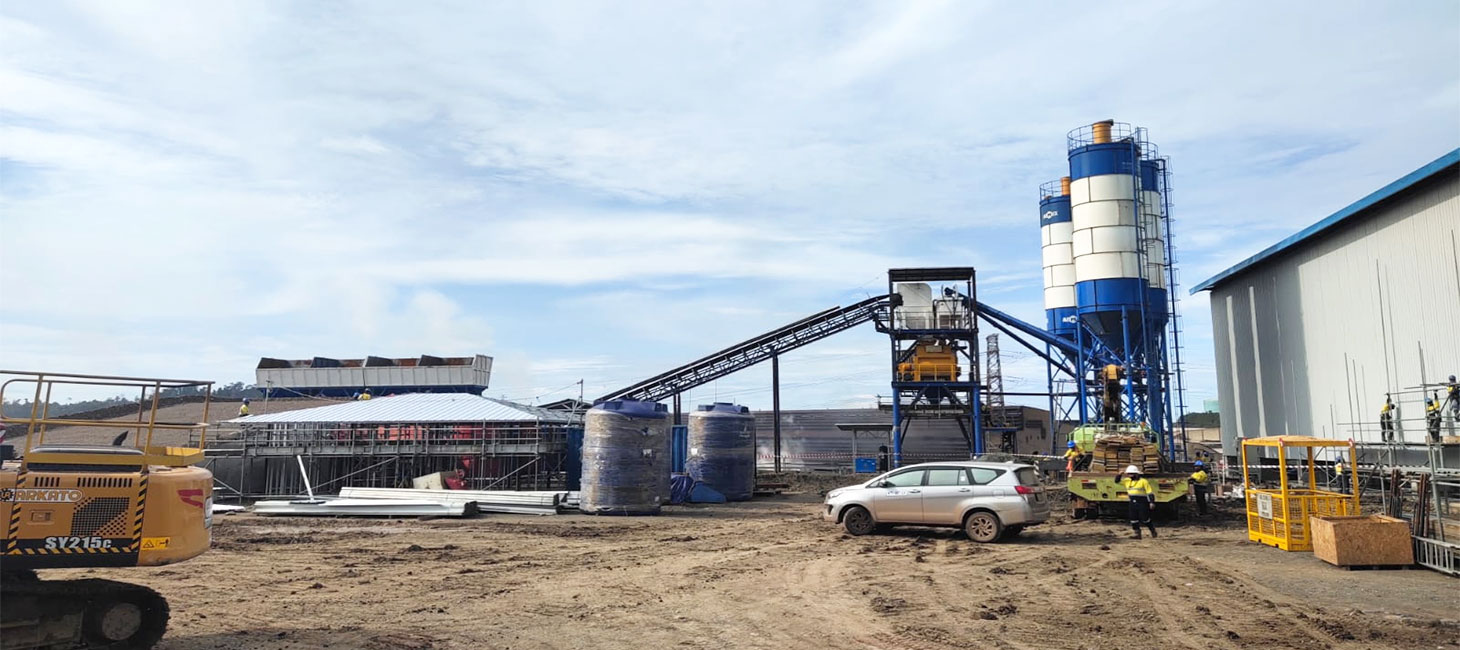
Conclusion
Modular and mobile ready mix concrete batching plants represent a paradigm shift in how concrete production adapts to modern construction demands. By reducing capital investment, enhancing operational efficiency, and increasing flexibility, these technologies substantially affect the ready mix concrete plant cost—often lowering total expenses while improving output quality.
For construction companies facing tight deadlines, variable project scopes, and urban constraints, investing in modular or mobile RMC plants is not just a cost decision but a strategic move toward more agile, responsive, and sustainable construction operations.

